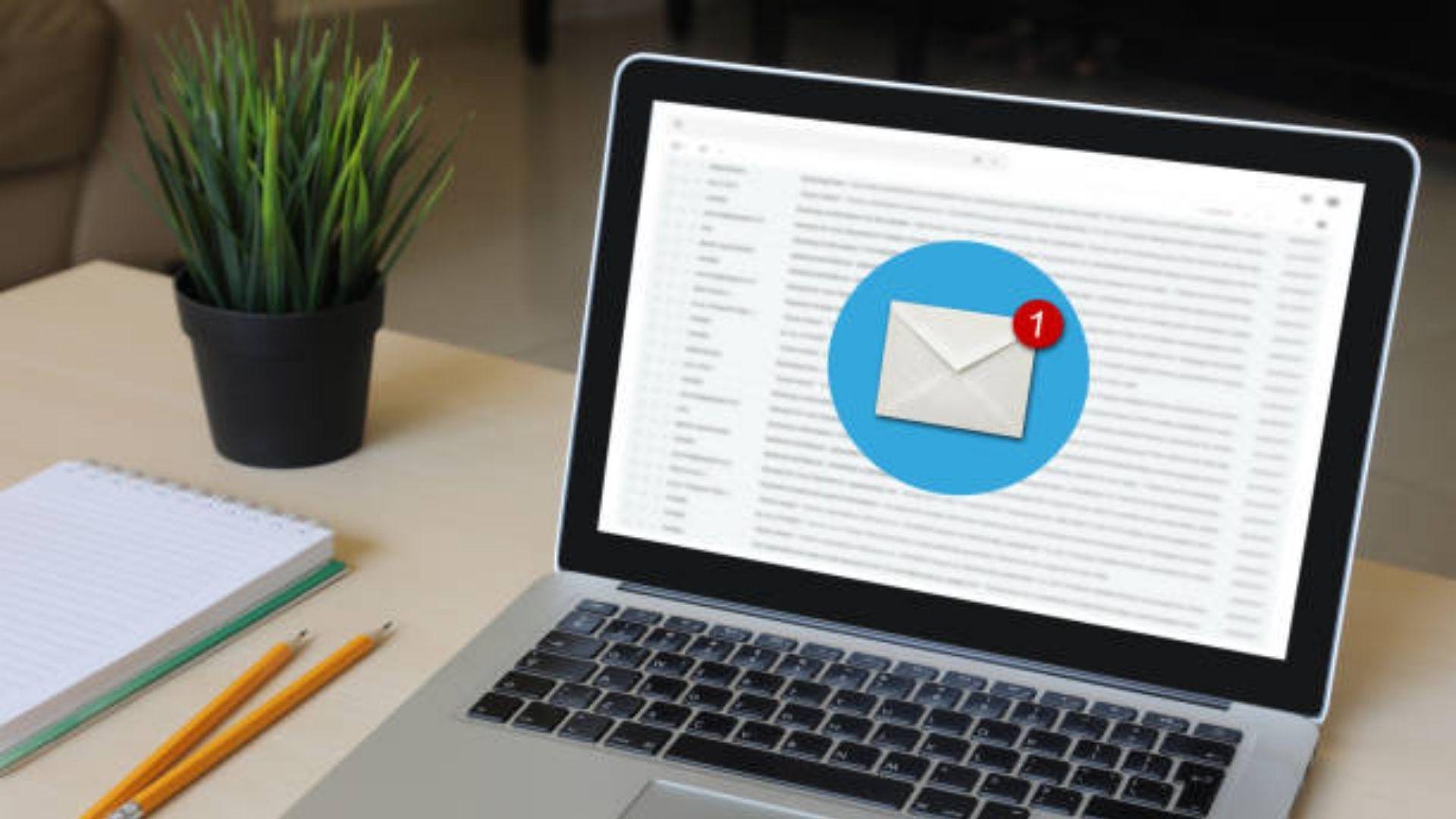You might have encountered messages like “Your email failed to be delivered.” But why does it happen?
There are several reasons why your email can bounce, even if you believe you have configured everything correctly. Circumstances beyond your control cause emails to return in seconds, even though some may be your fault.
This post will discuss the differences between hard and soft bounces, which are crucial metrics to monitor for your email marketing campaigns. Keep reading to learn more.
What is an Email Bounce?
An email message rejected by the recipient’s email server is called a “bounced email” or simply “bounce.” When an email bounces, it indicates that the intended recipient did not get it for some reason.
There are two types of bounced emails: hard bounces and soft bounces.
A hard bounce indicates that an email address is indefinitely inactive and should not be used to send or receive messages. Meanwhile, a soft bounce is temporarily caused by a server outage or a crowded inbox. Most email service providers will designate soft bounces as hard bounces after three failed sends.
Hard Bounce vs. Soft Bounce: What Are the Differences?
![]()
Soft Bounce
A soft bounce occurs when an email campaign reaches the recipient’s mail server, indicating that your email address has been identified. Still, the message is bounced back as undeliverable before it goes to the recipient’s mailbox.
5 Causes of Soft Bounces
1. Your Email Is Greylisted
Greylist is a particular SPAM filter that prevents email delivery for a short period (perhaps 900 seconds or less). The server will send another request and complete the distribution procedure after the required time.
2. Message Is Too Large
Individual messages are frequently subject to limitations, just like mailboxes have capacity limits. Additionally, while your outgoing servers may permit emails with huge attachments, this may only sometimes be true for ISPs.
If a message cannot be transmitted due to its size, many ESPs will resend it over a specific period (often for many days). However, they will deny it if they do not deliver by then.
3. Temporary Overloaded Server
Another rare occurrence is too much concurrent demand on the server handling email delivery might occasionally cause certain emails to bounce.
4. DNS Failure
Domain Name System (DNS) failure occurs when your customer’s email server cannot deliver your email due to DNS difficulties. This issue might or might not be a short-term issue. A typo during setup, an invalid destination domain, or a down mail server are all possible causes of the problem.
For instance, DNS servers may occasionally fail or go offline. They may have disconnected the service’s data center from the internet. Usually, they fix these issues relatively quickly, although it may take longer for particular domains and servers.
5. Low Sender Reputation
Lastly, you should look deeper at the email’s reputation score if there are no visible attachments, policy triggers, or other deliverability difficulties and messages keep bouncing.
Internet Service Providers (ISPs) evaluate addresses based on their reputation scores. Email deliverability is likely excellent if given a “Fair” or “Good” rating, with minimal unintentional bounces from receivers’ activities.
However, if you have a “Low” reputation score, many of your messages won’t make it to the reader’s inbox. To avoid this, warm up the IP before launching a full-on campaign. This habit raises your reputation score and reduces bounce rates.
Hard Bounce
A hard bounce denotes a recurrent reason an email cannot be delivered. Usually, bounced email addresses are automatically and instantly removed from your audience. Your deliverability may be at risk if you have many hard-bounced email addresses on your list since spam filters may classify these as suspicious.
4 Causes of Hard Bounces
1. Unknown Email
An email may bounce if the recipient’s email address cannot be located. The issue could be expressed in various ways in the non-delivery report, such as:
“No inbox matches the name.”
“There’s no such user.”
“The recipient you listed can’t be reached.”
The examples above demonstrate that the name you submitted does not correspond to any email address. A user may have also deleted the account.
2. Triggers Spam Filters
A SPAM filter could cause bounce spikes. Therefore, no bulk messages you send will be delivered to recipients if your IP address or email address is blocked.
Contact the email administrator or a hosting company to resolve this problem. If your IP address or domain is banned, they should explain why and advise you to remove it.
3. Mailbox Is Full
A set amount of storage space is allotted in each mailbox for incoming and outgoing emails. Each new communication will bounce once and for all when the limit is reached.
A few days later, certain email service providers might attempt delivery again; in this scenario, the situation would be considered a soft bounce. But don’t hold out hope for it.
If you receive alerts, try contacting the recipients in another way if you receive such alerts. They might not be aware of this. This can indicate an account has been abandoned. Therefore, look for another contact method.
4. Your Email Is Blocked By a Server
Deliverability problems and damage to your sender’s reputation result from modern mail servers rejecting many emails they suspect are undesirable. While they are almost always correct to do so, spam filters occasionally delete authentic emails without a second thought.
There may be several causes for this. So, ensure SPF, DKIM, and DMARC are configured because improper authentication frequently plays a part. Additionally, ensure your PTR Records have been set up and match the A record from your domain’s DNS.
ISPs also consider past behaviors when deciding whether to accept an email or not to enhance the user experience.
If you send emails repeatedly, but the recipients never bother to open them, a receiving server may eventually reject them before they get to the inbox to save the receiver the trouble. It’s also wise to clean your mailing lists and periodically manually unsubscribe inactive contacts.
If none of these work and your emails continue to bounce, it may be time to seek assistance.
Reaching out to the domain owner directly if you have issues can result in your name being added to their whitelist for future deliveries. This increases your email deliverability and lowers the likelihood that your messages will end up in the spam folder.
7 Tips to Improve My Email Bounce Rate
(Source: Pexels)
1. Authenticate Your Domain
The three main methods for establishing your domain’s authenticity are DMARC, SPF, and DKIM. However, a Litmus survey found that less than 40% of businesses complete the verification procedure.
Your email bounce rate will decrease, and your deliverability rate will rise due to domain authentication. Additionally, it will stop users from seeing security notifications when they open your emails.
2. Segment Your List
By segmenting your list, subscribers will only receive the information they require and want. They’re also less likely to ban you or classify you as spam.
Based on interaction, one of the best segmentation strategies is to categorize your most active subscribers and send them emails frequently. This is because they’ve demonstrated that they embrace your emails. The higher you can make your engagement rates, the more effectively your email campaigns will operate as a whole.
3. Use Double Opt-Ins
When someone subscribes to your list, send them a confirmation email. By doing this, you can make sure that the user’s email address is both legitimate and that they genuinely want to receive your email messages.
4. Create Engaging Email Content
Your email marketing campaign’s performance is greatly influenced by its content. Do you always check your inbox when a new email arrives? Do you ever open emails with boring subject lines? How long does it take to close an email if you don’t like the layout or the first few sentences don’t make sense?
Simply put, pay attention to the information. Make sure it’s concise, clear, and straight to the point. Otherwise, clients can start flagging your emails as spam or deleting them without opening them, damaging your sender’s reputation and potentially permanently blocking your address.
5. Use a Good Email Service Provider
Another way you can improve your email bounce rate is by using a good ESP. Without first verifying your contact list, using an ESP for an email marketing campaign is risky and may result in account suspension.
Before launching your campaign, make sure to double-check your email list. Repairing damage to your sender’s reputation takes time, and you can experience a more significant bounce rate in subsequent ads.
Try InboxAlly today for free – no credit card required.
6. Avoid Spammy Words In Your Email
According to statistics, more than 53% of global emails are spam. Even while your emails are unlikely to fall within this percentage, some crucial measures employ email providers to spot spam, and you might unknowingly be doing so.
Avoid using too big or too small images to avoid the dreaded spam filter. This will trigger the spam detector on high alert. More specifically, avoid using the following words:
- Sale
- Make Money
- Free Offer
- Cash Bonus
7. Monitor Your Email Deliverability
Even if something works well for you, it doesn’t guarantee it will do so. Therefore, continuously checking your email messages’ deliverability rate is crucial.
To find out what kind of material resonates with your subscribers, keep A/B testing your emails. Watch your subscriber complaints and spam reports and your open and bounce rates. By monitoring these data, you can identify problems early on and take action before they become serious.
Manage Your Email List Today!
Permanent delivery problems result from hard bounces. Meanwhile, soft bounces result in momentary difficulties in deliverability. It’s not as complicated as it initially appears, but it’s still essential.
Therefore, monitoring bounce rates is essential to manage email deliverability. Take a look at bounce patterns, such as which types of content are more likely to fail and whether any seasonal patterns affect deliverability.
Lastly, avoid sales speeches about new opportunities, file attachments, and a copy containing special characters and subject lines.
Find out how InboxAlly can get you where you want to go with your email marketing campaign goals faster. Book a live demo today.

